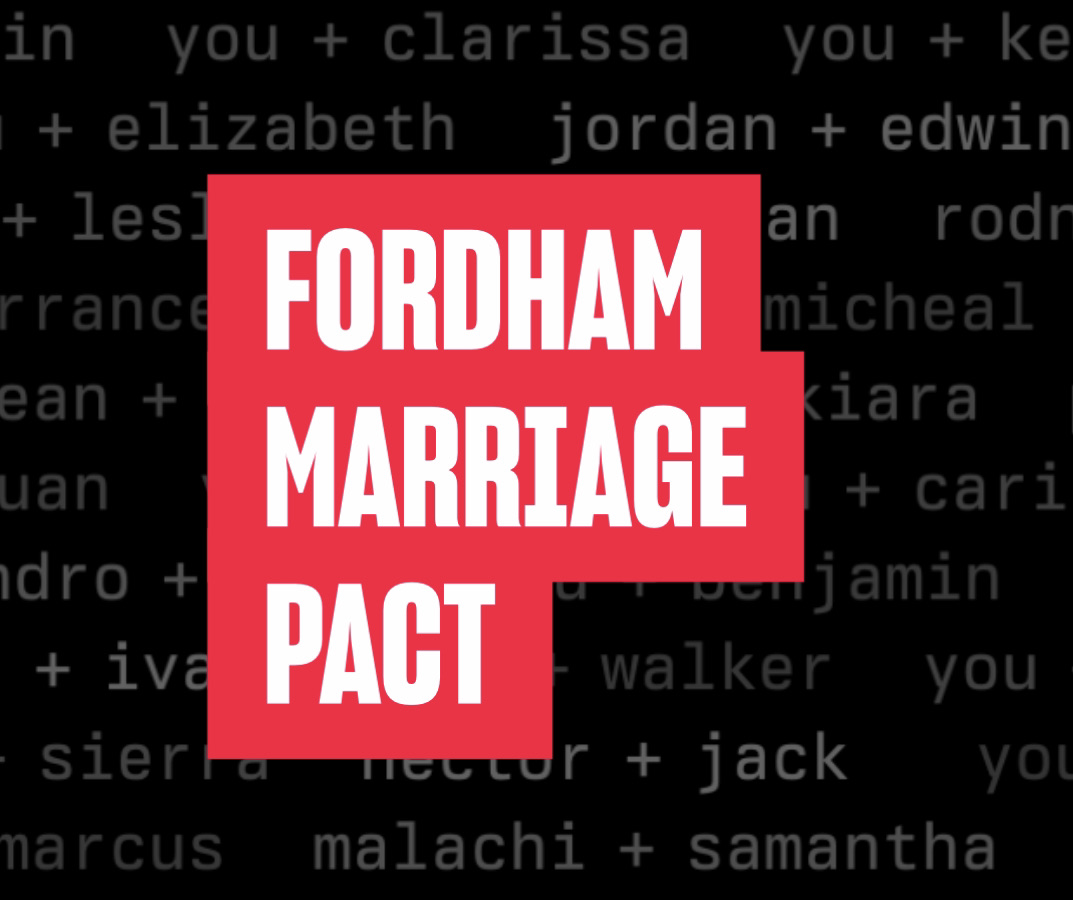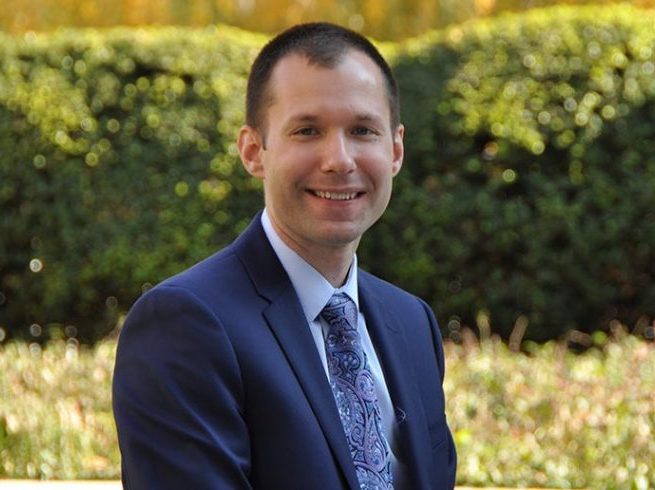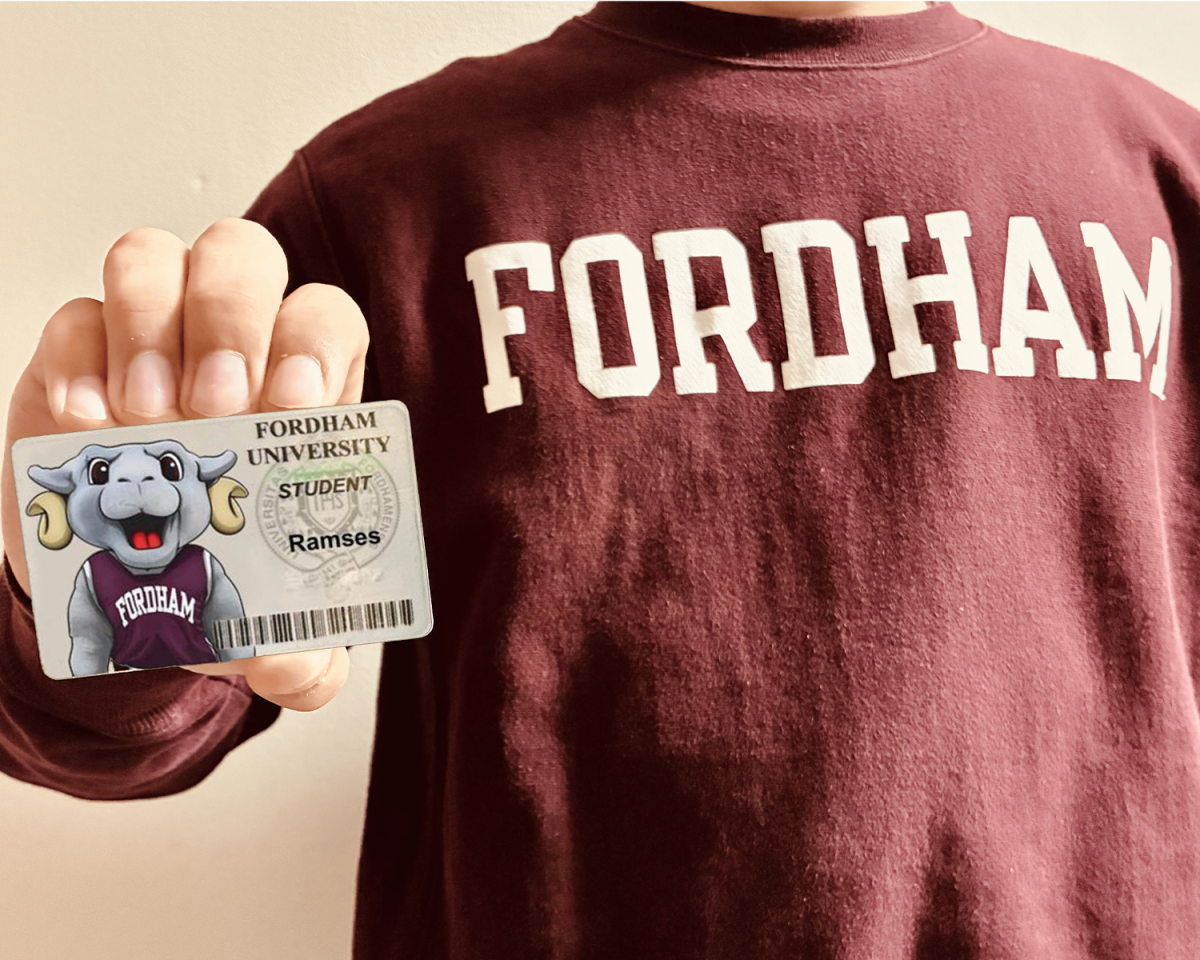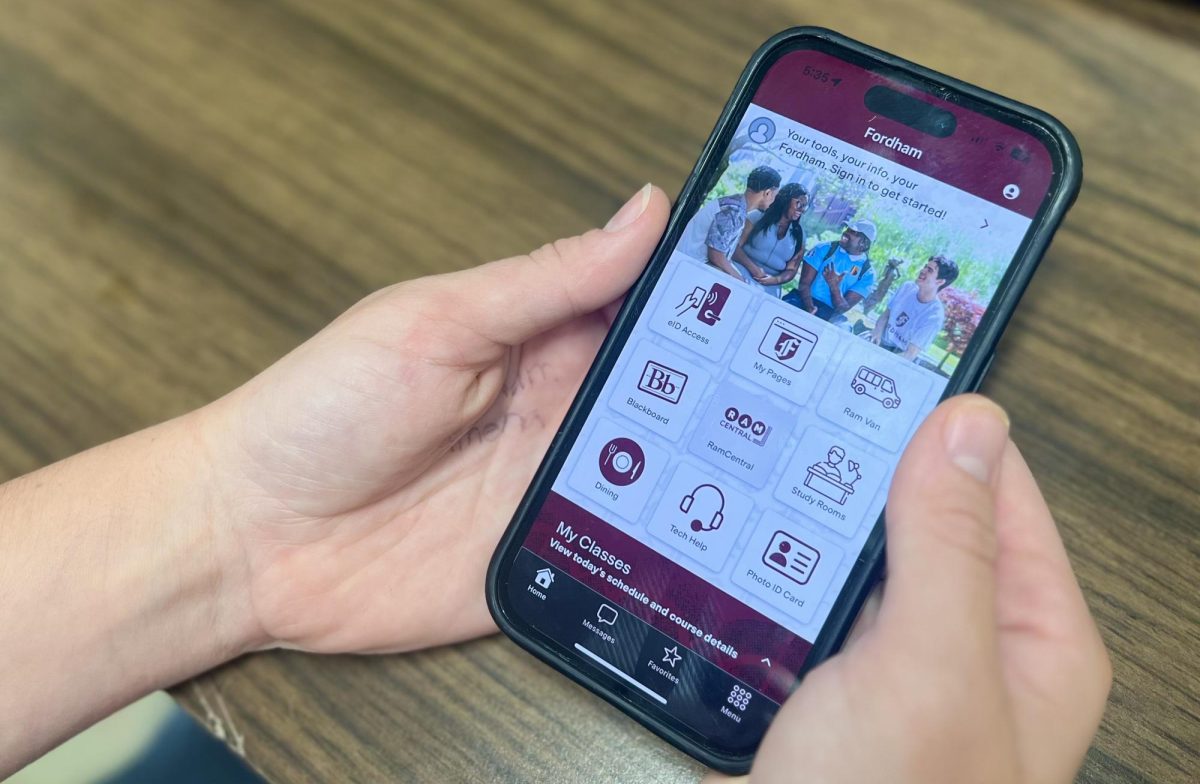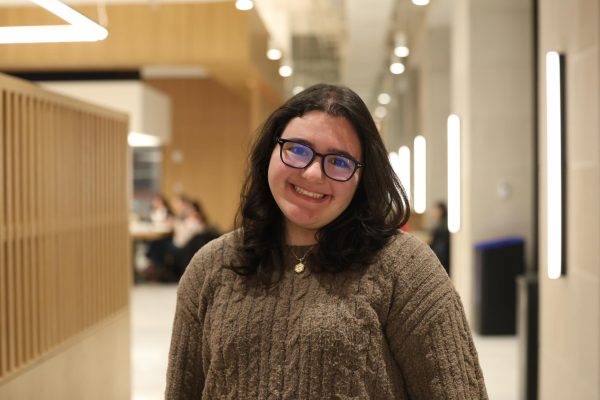Love is in the air at Fordham University’s Rose Hill campus, or, at least, students thought it was. The Marriage Pact entered its second cycle at Fordham this past month; however, they found themselves unable to provide matches to nearly 50% of participants due to a limited number of straight men submitting the form.
In past years, Rose Hill saw upwards of a couple thousand participants in the program. In its first year at Fordham’s campus in 2021, over 4,000 Fordham students participated in the pact. However, this year Fordham’s Marriage Pact accrued a slim 815 participants, with a lopsided 620 being female, 185 being male and 8 being nonbinary.
“The lack of people this year was due to limited accessibility to communicate with [students],” said Sara Castro, GSB ’24. “In past years we had been able to reach out to everyone at Fordham through a mass email, but this year we were unable to achieve that due to not being able to access the platform.”
The imbalance between straight male versus straight female participants led to nearly 50% of students not receiving a relationship match, but rather being paired with a “friendship match.” First-years composed 35% of the Marriage Pact pool with 275 submissions. Sophomores followed with 209 submissions, seniors with 185 and juniors with 146.
This problem of unequal participants is seen across all universities and is no stranger to Fordham, having happened when the program first started at Rose Hill. “In past years, the Fordham Marriage Pact team took precautions to close the gap between the number of straight women and straight men by reaching out to more men,” said an article in The Fordham Ram about the 2021 Fordham Marriage Pact.
“I feel a bit led on because they said the program was specifically for matching up with someone who fit your preferences,” said Matthew Saw, GSB ’27. “Obviously it’s no stakes, but it got everyone’s hopes up for a few days and kind of was a waste of time… I literally reinstalled some dating apps, it had me down bad.”
The Marriage Pact, started at Stanford University’s campus in 2017, pairs students interested in finding their most compatible match on campus by filling out an online questionnaire about their cultural and religious background and social life.
“It’s struck a chord: in our first 13 months beyond Stanford campus, Marriage Pacts have become tradition at 65 schools across the country,” reads the Marriage Pact website. “It’s a rich experience for yourself and your friends—and 3-4% of matches hit the lottery and go on to date for a year or longer.”
“There was a moment where my friends and I were convinced I matched with an RA [Resident Assistant] in my building when the initials came out,” said Juliana Duarte, FCRH ’27. “I was just really curious about the whole thing and filled it out to see what would happen.”
The pact notified participants that the software isn’t foolproof — students have been matched with RAs, exes and siblings in the past. “I had a friend who got the kid who despised her,” said Castro. “That was an awkward way of finding out they were the most compatible couple on campus by 99.97%. I got my teammate as a match, and she was like my rival on the team which was funny. My ex got my other ex which was ultra awkward.”
The program, started by Stanford students, now graduates, Sophia Sterling-Angus and Liam McGregor, was inspired by an economics homework question and is now at 88 participating colleges and universities across the country with over 465,426 participants in its seven years operating.





































































































































































































